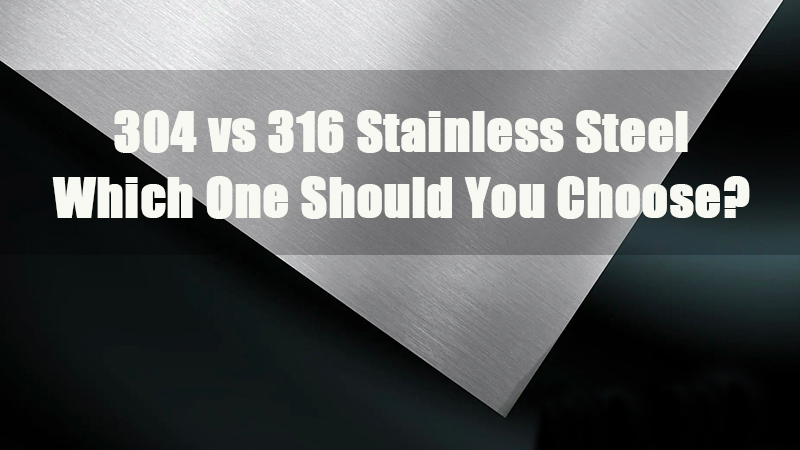
1.0What is Stainless Steel?
Stainless steel is an alloy of iron, chromium, nickel, and other elements. Chromium forms a self-healing oxide layer that resists corrosion, making stainless steel highly durable with minimal rust.
Renowned for its corrosion resistance, strength, and clean appearance, stainless steel is widely used in the petrochemical, process equipment, and turbine engine industries. Among the many grades, 304 and 316 are the most common, both classified as austenitic stainless steels, often referred to as marine grade or surgical stainless steel.

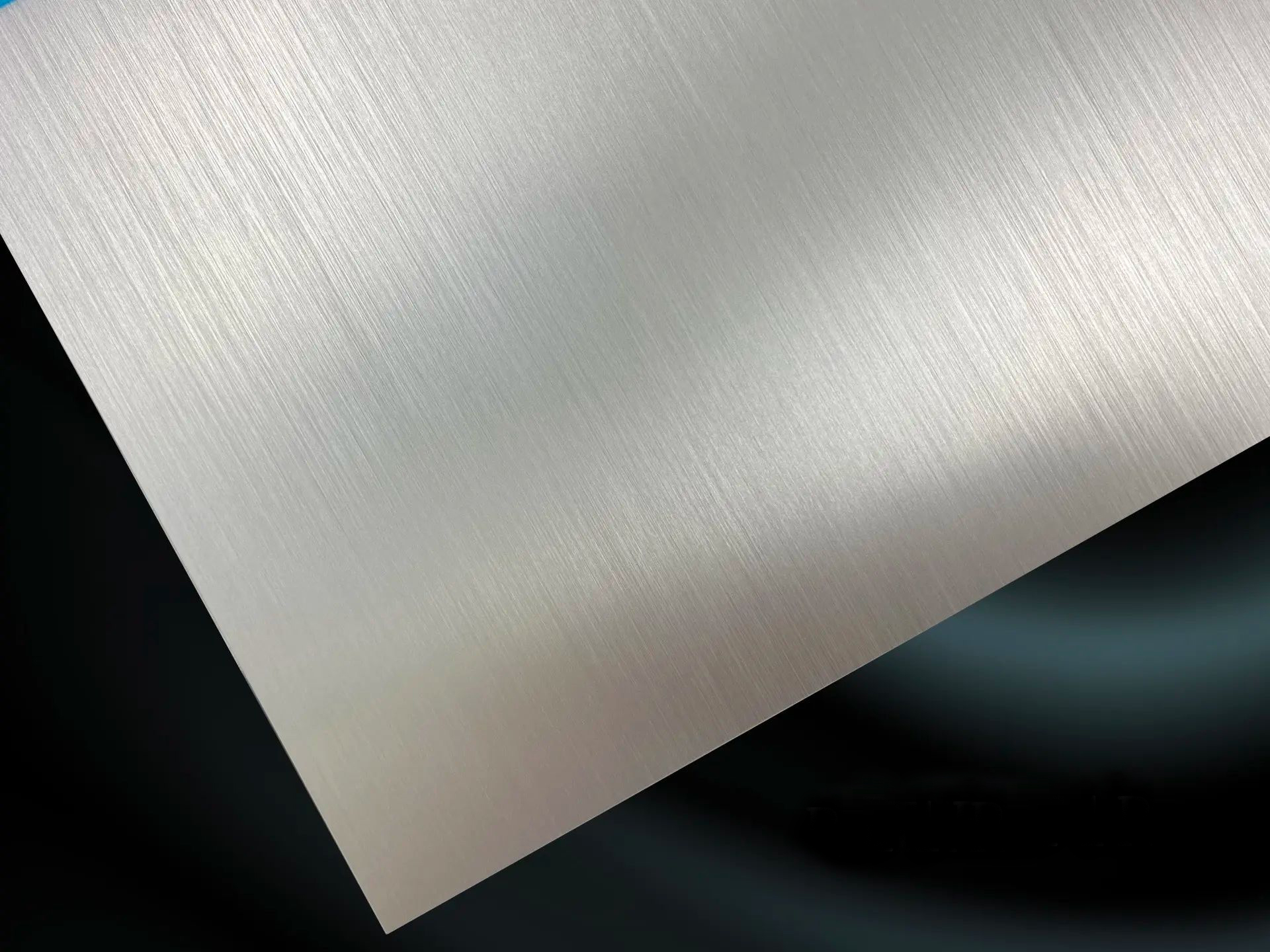
2.0What is 304 Stainless Steel?
Grade 304 stainless steel is a widely used, high-performance alloy known for its excellent tensile strength, durability, and resistance to corrosion and oxidation. It has a melting point between 2,550°F and 2,650°F (1,399°C – 1,454°C), but its tensile strength decreases as it approaches this range.
This alloy offers a high tensile strength of approximately 621 MPa (90 ksi) and can operate at temperatures up to 870°C, making it a reliable material for demanding applications. Key Characteristics
- Excellent resistance to atmospheric corrosion and water
- Good chemical resistance in many environments
- Easily fabricated, welded, and formed
- Non-magnetic in the annealed condition
- Stable mechanical properties for a wide range of uses
304 Stainless Steel Limitations
- Chloride Sensitivity: Susceptible to pitting in environments with high chloride concentrations (e.g., saltwater)
- Not Ideal for Marine or High-Chloride Applications: Lacks molybdenum, which limits its performance in aggressive chloride environments
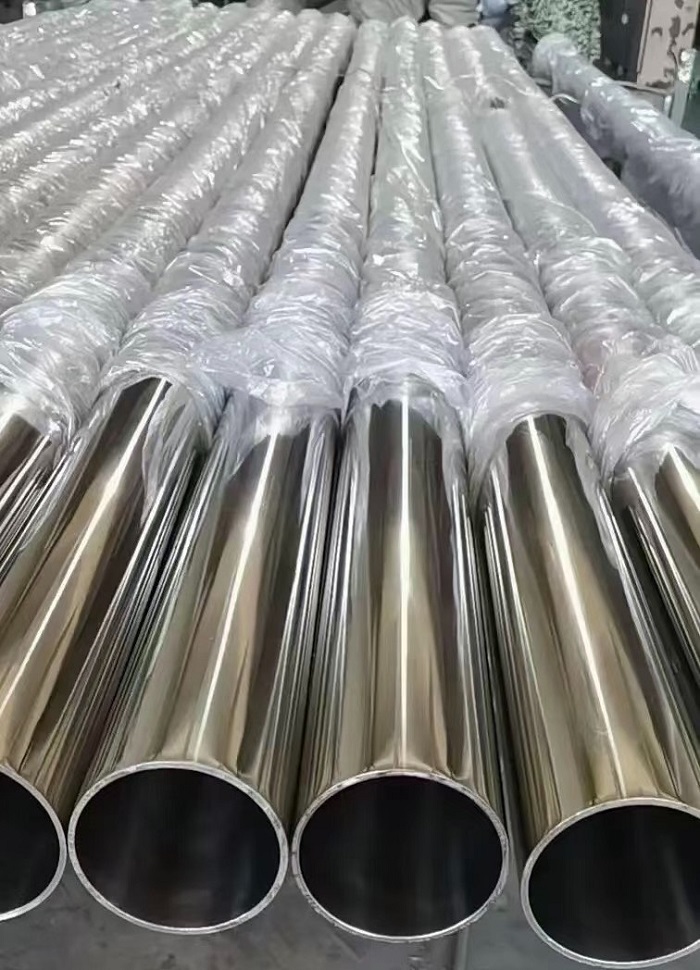
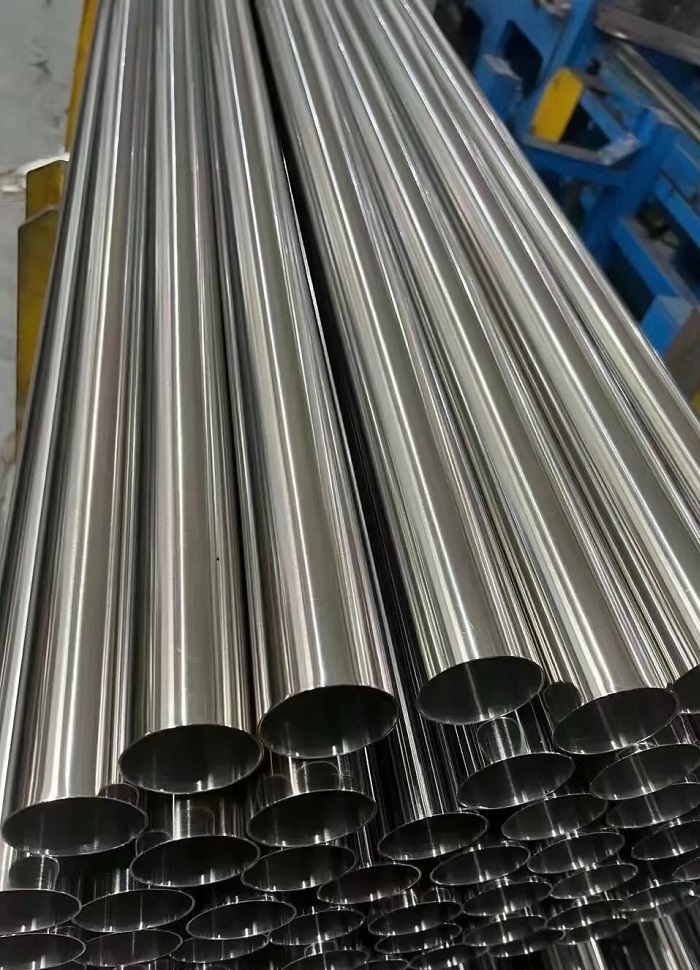
2.1Typical Applications of Type 304 Stainless Steel
Type 304 stainless steel is widely used across various industries due to its excellent corrosion resistance, strength, and formability. Common applications include:
| Application Area | Typical Uses |
| Food & Kitchen | – Food processing equipment – Kitchen equipment and appliances – Pots and pans – Residential sinks and sink parts |
| Industrial & Mechanical | – Pump and valve components – Heat exchangers – Pressure vessels – Equipment tubing – Storage tanks – Water and fluid piping |
| Automotive | – Auto moldings and trim – Wheel covers – Exhaust manifolds |
| Electrical & Structural | – Corrosion-resistant electrical enclosures – Indoor electrical enclosures – Fasteners and hardware (screws, bolts, handles, plates) |
| Architectural & Decorative | – Decorative trim – Architectural hardware (panels, sculptures, sconces) – Residential appliances |
2.2304 Stainless Steel Advantages
- Corrosion Resistance: Performs well in many corrosive environments, including mild acids and alkaline solutions
- Good Workability: Easily bent, machined, welded, and polished
- Cost-Effective: Lower in cost compared to 316 and higher-alloyed stainless steels
- Versatile: Suitable for a broad range of industries, including food, medical, construction, and industrial sectors
2.3304 Manufacturing process
304 is made by melting chromium, iron, nickel, and any other trace alloys into a furnace to create a molten mixture. Then it’s funneled into billet, slab, or other forms to harden. The forms can then be hot rolled, annealed, heat treated, polished, and/or cut to size.
3.0What is 316 Stainless Steel?
Grade 316 stainless steel is a premium austenitic alloy renowned for its superior corrosion resistance, high tensile strength, and reliable performance at elevated temperatures. It features a melting range of 2,500°F – 2,550°F (1,371°C – 1,399°C) and a tensile strength of 579 MPa (84 ksi), with a maximum service temperature of approximately 800°C (1,472°F).
316 stainless steel is a chromium-nickel alloy with the addition of molybdenum, which significantly enhances its resistance to chemical attack, particularly in marine environments and chemical processing applications. This makes it far more resistant than Type 304 to corrosive substances such as chlorides, bromides, iodides, sulfuric acid, brine, and fatty acids at high temperatures.
High-Temperature Stability
316 maintains its strength and corrosion resistance at elevated temperatures, making it suitable for heat-intensive applications where 304 might degrade.
Non-Reactive Composition
As a non-reactive alloy, 316 is ideal for medical, pharmaceutical, and food-grade environments.
Limitations of 316 Stainless Steel
Higher Cost:The improved corrosion resistance comes at a higher price point than 304, mainly due to the increased nickel content and addition of molybdenum.
Composition of 316 Stainless Steel
This composition makes 316 stainless steel more robust against chlorides and aggressive chemicals compared to 304, although both appear nearly identical to the naked eye.
- 16% Chromium
- 10% Nickel
- 2% Molybdenum
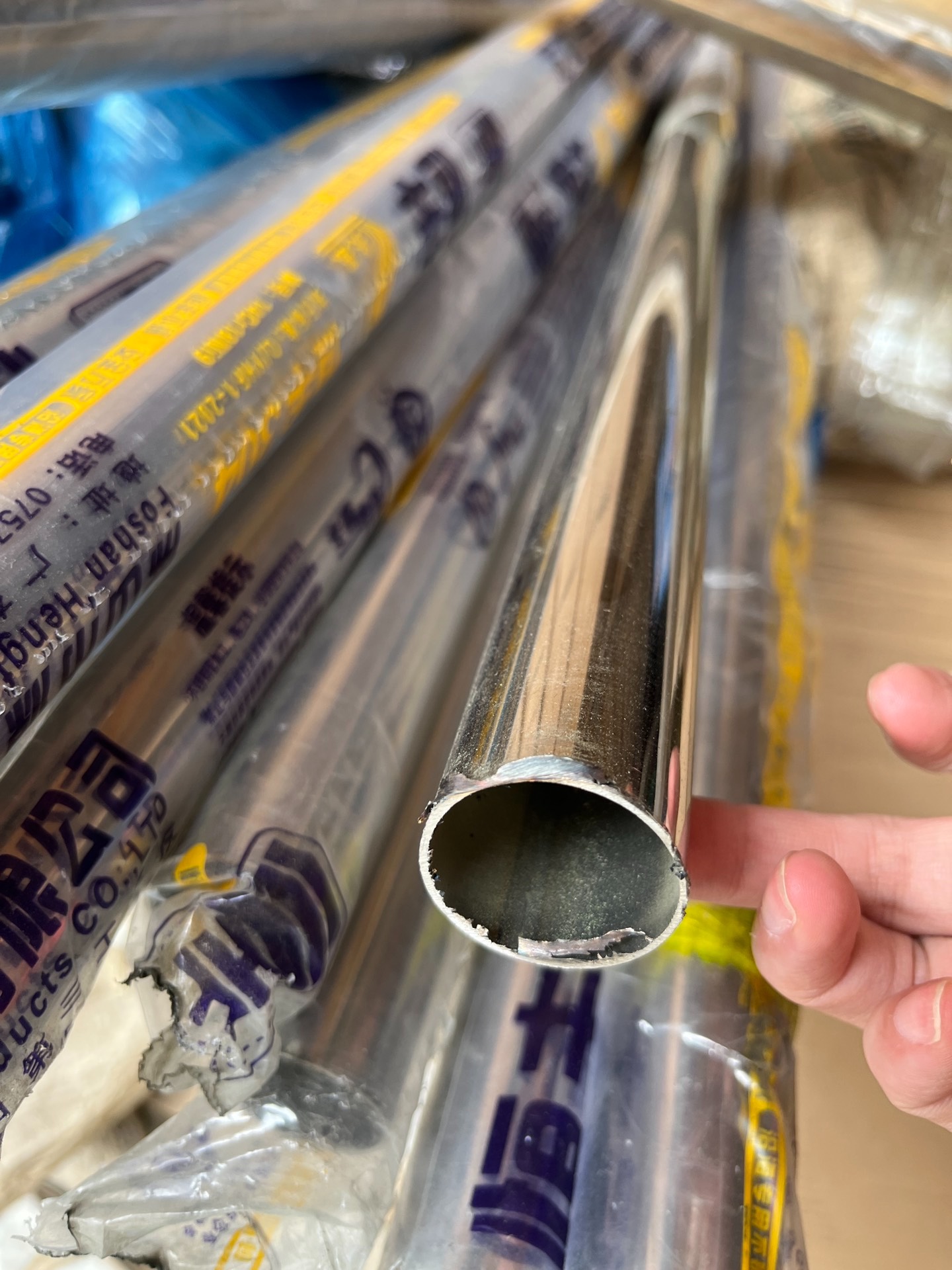
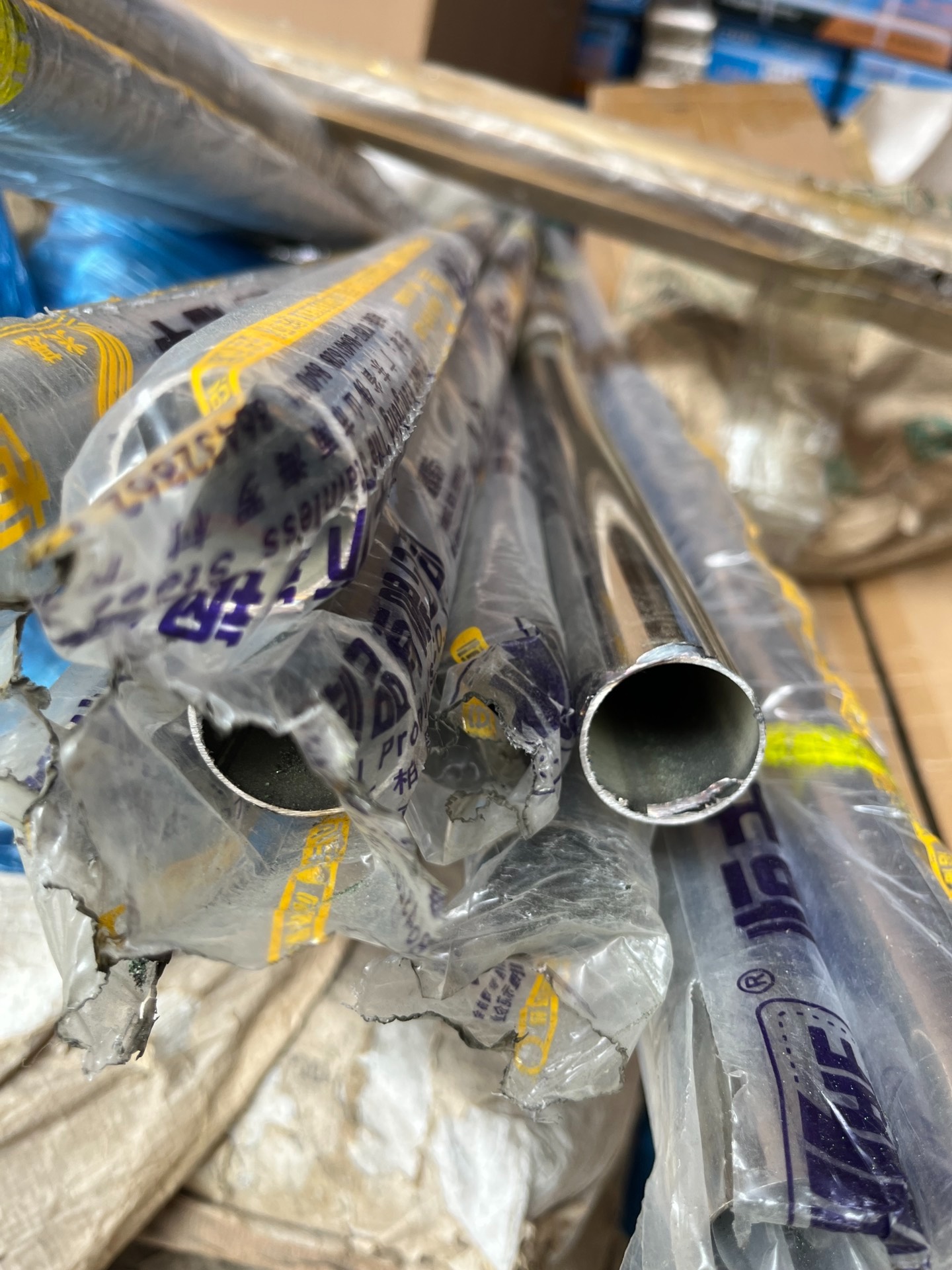
3.1Advantages of 316 Stainless Steel
- Enhanced corrosion resistance
- Excellent resistance to pitting and crevice corrosion
- Better performance in chloride-rich environments
- Easy to weld, clean, and finish
- Suitable for pharmaceutical and food-grade applications
- Contains molybdenum for superior chemical resistance compared to 304 stainless steel
3.2Typical Applications of 316 Stainless Steel
| Application Area | Typical Applications |
| Marine Environment | Marine components, Marine parts, Structural steel and components in marine environments, Marine equipment |
| Medical & Pharmaceutical Equipment | Surgical and medical instruments, Medical equipment (including non-surgical), Pharmaceutical processing equipment, Pharmaceutical equipment, Pharmaceutical manufacturing |
| Chemical Equipment | Chemical processing equipment, Chemical equipment, Chemical piping, Chemical manufacturing, Industrial and chemical transportation, Pressure vessels, Cisterns and pipes for chemical applications |
| Outdoor Facilities | Outdoor electrical enclosures, Outdoor site furnishings |
| Industrial Equipment | Industrial equipment used in pharmaceutical and chemical industries |
| Kitchen & Food Processing | Commercial kitchen surfaces, equipment, and appliances, Commercial kitchens, Food production and processing in saline environments, Commercial appliances |
| Others | Stainless steel wire baskets, Stainless steel baskets, Stainless steel floats |
3.3316 Manufacturing process
316 is made in an almost identical fashion to 18/8 and 304, except the ingredients vary every so slightly. On top of the nickel, chromium, and carbon, you’ll also mix in molybdenum and very small amounts of manganese, silicon, and occasionally nitrogen. Manufacturers will watch the amounts like a hawk to ensure this correct composition is maintained so they can reap the benefits that 316 provides. Like 304 and 18/8, it’ll get melted down and then molded and processed.
4.0Detailed Comparison of 304 and 316 Stainless Steel
304 vs. 316 Stainless Steel – A Comprehensive Comparison
Both 304 and 316 are among the most commonly used austenitic stainless steels. While they appear nearly identical in finish and form, they differ significantly in chemical composition, mechanical performance, and corrosion resistance. The following tables provide a side-by-side comparison to help guide material selection.
| Feature | 304 Stainless Steel | 316 Stainless Steel |
| Composition | 18% Chromium, 8% Nickel (No Molybdenum) | 18% Chromium, 10% Nickel, 2-3% Molybdenum |
| Corrosion Resistance | Excellent in mild environments; susceptible to pitting and crevice corrosion, especially with chlorides. | Superior corrosion resistance, including against chlorides and in harsh environments. |
| Strength | Good | Good, slightly higher due to molybdenum |
| High-Temperature Performance | Good for many applications, but can be susceptible to corrosion at very high temperatures. | Excellent high-temperature strength and corrosion resistance. |
| Weldability | Excellent | Excellent |
| Cost | More cost-effective | More expensive |
| Typical Applications | Food processing equipment, kitchen appliances, sinks, architectural trim, pump and valve components. | Marine environments, chemical processing, pharmaceutical manufacturing, medical devices, heat exchangers. |
| Magnetic | Slightly Magnetic | Slightly Magnetic |
4.1Stainless Steel 304 vs 316: Key Property Comparison
Stainless steel grades 304 and 316 are among the most widely used austenitic stainless steels. While both offer excellent corrosion resistance, strength, and formability, they differ in chemical composition and performance in specific environments.
| Property | Stainless Steel 304 | Stainless Steel 316 |
| Corrosion Resistance | – Excellent in a wide range of environments – Susceptible to pitting and crevice corrosion in chloride environments – Risk of stress corrosion cracking above 60°C | – Superior corrosion resistance overall – Known as “marine grade” – Still vulnerable to pitting, crevice corrosion, and SCC in warm seawater |
| Recommended Low-Carbon Grade | 304L: Better resistance to carbide precipitation in wet or high-temperature environments | 316L: Enhanced resistance to carbide precipitation; preferred for prolonged exposure or critical environments |
| Heat Resistance | – Withstands intermittent oxidation up to 870°C – Continuous use up to 925°C – Not recommended for continuous use in water between 425°C–860°C | – Performs similarly: 870°C intermittent, 925°C continuous – 316L preferred for water service in the 425°C–860°C range |
| Cold Working | – Work-hardens quickly – Intermediate annealing may be needed to prevent cracking – Final annealing recommended to relieve internal stress and restore corrosion resistance | – Easily roll-formed, stamped, headed, or drawn – Annealing recommended after cold forming to restore ductility and relieve stress |
| Effect of Cold Work | Increases strength and hardness | Increases strength and hardness |
| Hot Working | – Best performed at 1149°C–1260°C – Rapid cooling after forming maximizes corrosion resistance | – Avoid working below 927°C – Ideal range: 1149°C–1260°C – Post-work annealing recommended |
| Heat Treatment | – Cannot be hardened by heat treatment – Solution annealing at 1010°C–1120°C, followed by rapid cooling | – Not hardenable by heat treatment – Same annealing range: 1010°C–1120°C with rapid cooling |
| Machinability | – Good machinability, but requires care – Keep cutting tools sharp – Use light but deep cuts – Employ chip breakers – Use generous coolant/lubrication due to low thermal conductivity | – Comparable to 304 – Same machining guidelines apply – Adequate coolant is essential to dissipate heat and reduce tool wear |
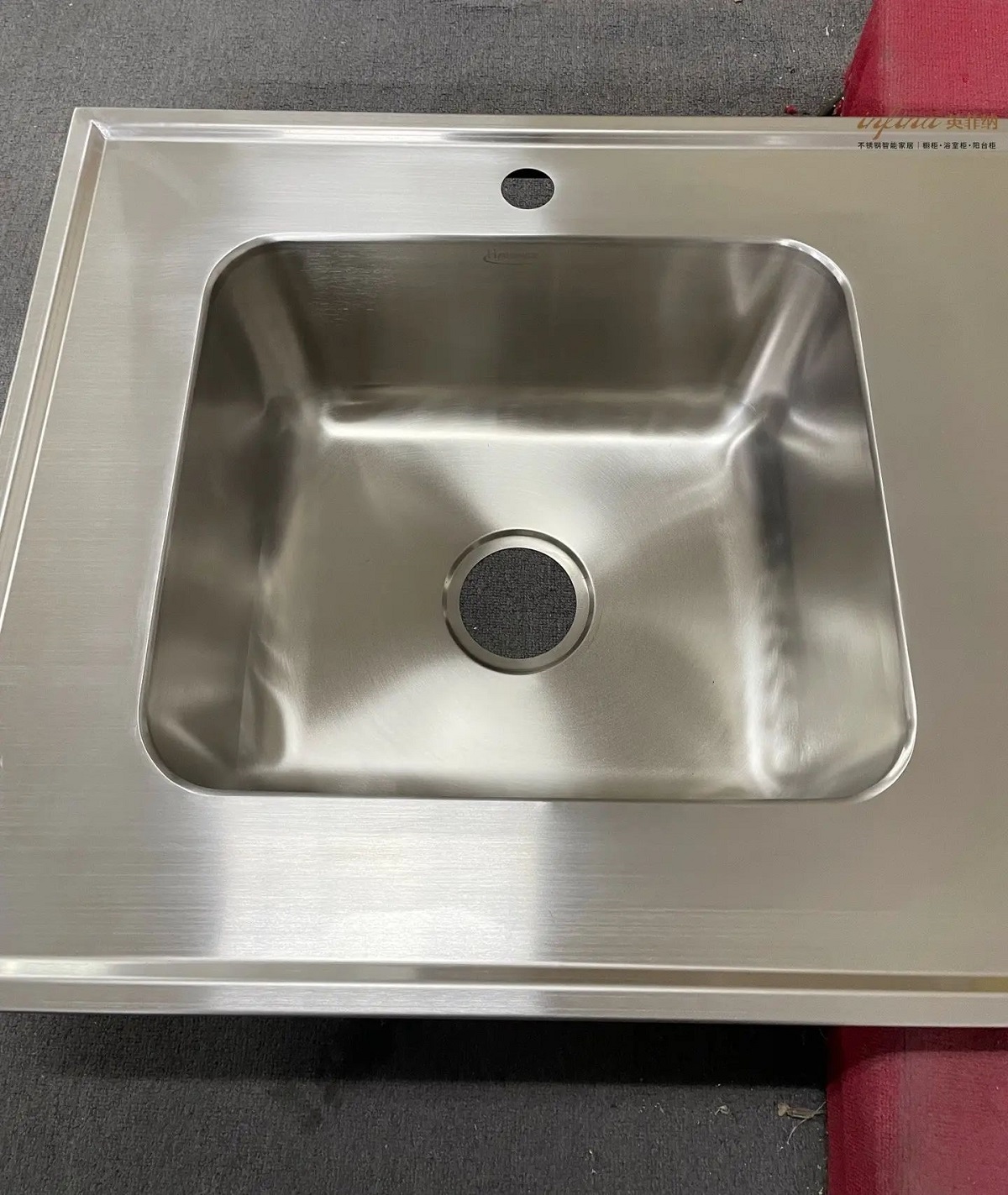
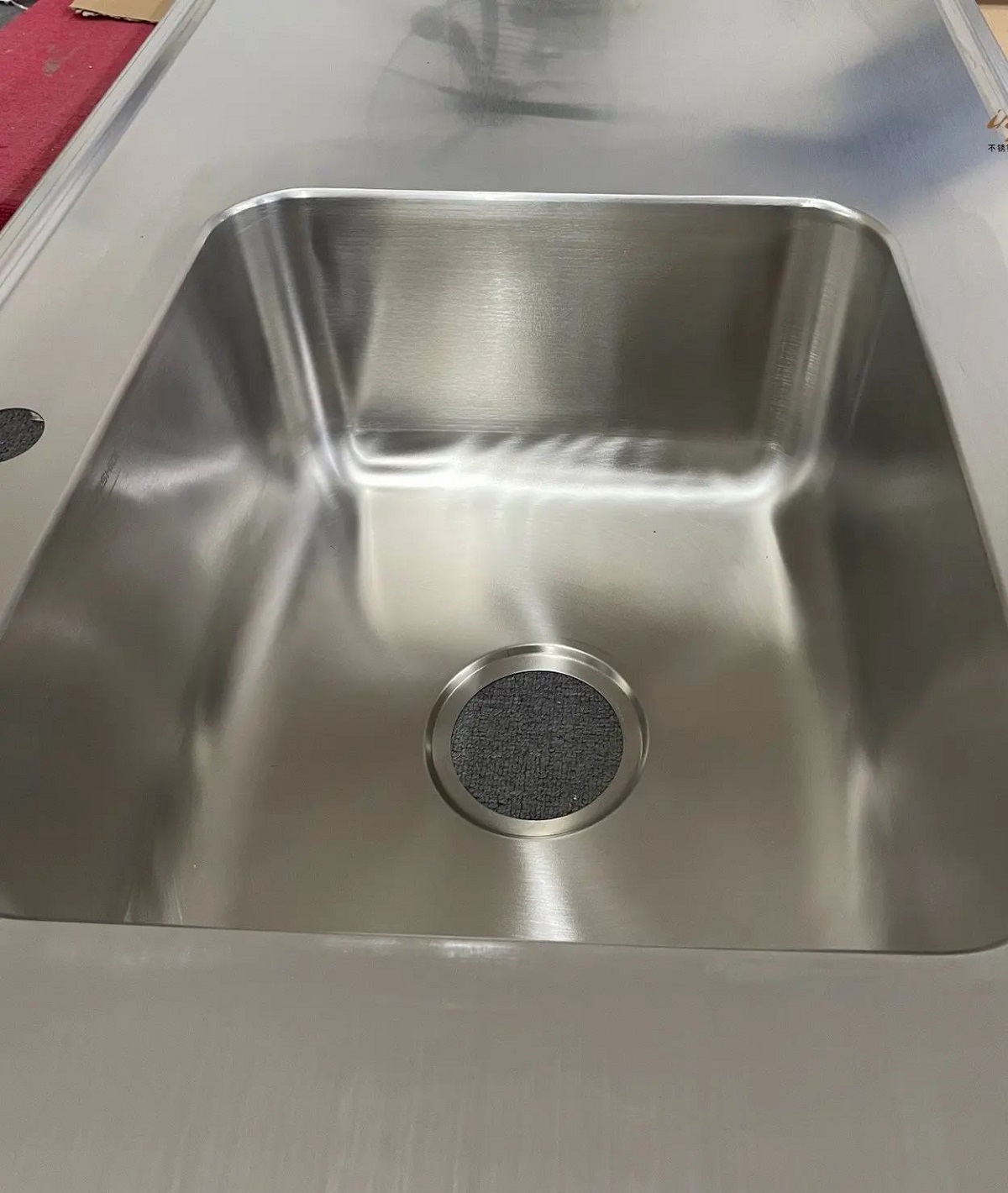
4.2Mechanical and Physical Properties Comparison of Stainless Steel 304 vs 316
This table highlights the differences between 304 and 316 in terms of tensile strength, yield strength, elongation, hardness, density, and maximum operating temperature—essential for evaluating their suitability across various industrial applications.
| Properties | 304 Stainless Steel | 316 Stainless Steel |
| Density | 7.87–8.07 g/cm^3 | 7.87–8.07 g/cm^3 |
| Tensile Strength (MPa) | 540–750 | 480–621 |
| Melting Point (°C) | 1450 | 1,648–1,673 |
| Modulus of Elasticity (GPa) | 193 | 193 |
| Electrical Resistivity (Ω.m) | 0.72 x 10-6 | 0.69–0.81 x 10-6 |
| Thermal Conductivity (W/m.K) | 16.2 | 13–17 |
| Thermal Expansion (1/K) | 17.2 x 10^-6 | 15–18 x 10^-6 |
| Elongation at Break (%) | 70 | 60 |
| Hardness (Rockwell B) | 70 | 80 |
| Corrosion Resistance | Excellent | Exceptional |
| Magnetic | No | No |
| Formability | Very Good | Good |
| Machinability (annealed) | Fair, but better than 316 | Fair |
4.3Elemental Composition (%) in Stainless Steel 304 vs 316
Here we compare the key alloying elements in 304 and 316 stainless steel. The presence of molybdenum in 316 is the primary factor behind its superior resistance to chlorides and harsh chemical environments.
| Element | 304 stainless steel % | 316 stainless steel % |
| Carbon | 0.07 | 0.07 |
| Chromium | 18.0 – 19.5 | 16.5 – 18.5 |
| Nickel | 8.0 – 10.5 | 10.0 – 13.0 |
| Silicon | 1 | 1 |
| Manganese | 2 | 2 |
| Phosphorous | 0.045 | 0.045 |
| Sulfur | 0.015 | 0.015 |
| Nitrogen | 0.1 | 0.1 |
| Molybdenum | – | 2.0 – 2.5 |
4.4Characteristics Overview: Stainless Steel 304 vs 316
This summary outlines the key differences in corrosion resistance, cost, workability, and ideal use cases between 304 and 316 stainless steel, offering a clear guide for choosing the right material for your application.
| Characteristics | 304 stainless steel | 316 stainless steel |
| Corrosion resistance | Excellent | Even better |
| Magnetic | No | No |
| Weldability | High | Good |
| Hardens during cold forming | Yes | Yes |
| Formability | Very good | Good |
| Machinability (annealed) | Fair, but better than 316 | Fair |
| Resists elevated temperatures | High | High |
| Maximum intermittent service temperature | 1562°F | 1562°F |
5.0How to Identify 316 Stainless Steel vs. 304 Stainless Steel
You can’t visually distinguish between 316 and 304 stainless steel. Both grades look identical, especially when polished or finished in the same way. A piece of sheet metal made from 316 will appear no different than one made from 304.
Because there is no visible difference, the only reliable way to verify the material grade is through a Material Test Report (MTR). An MTR provides the exact chemical composition of the steel and confirms whether it is 304, 316, or another grade.


